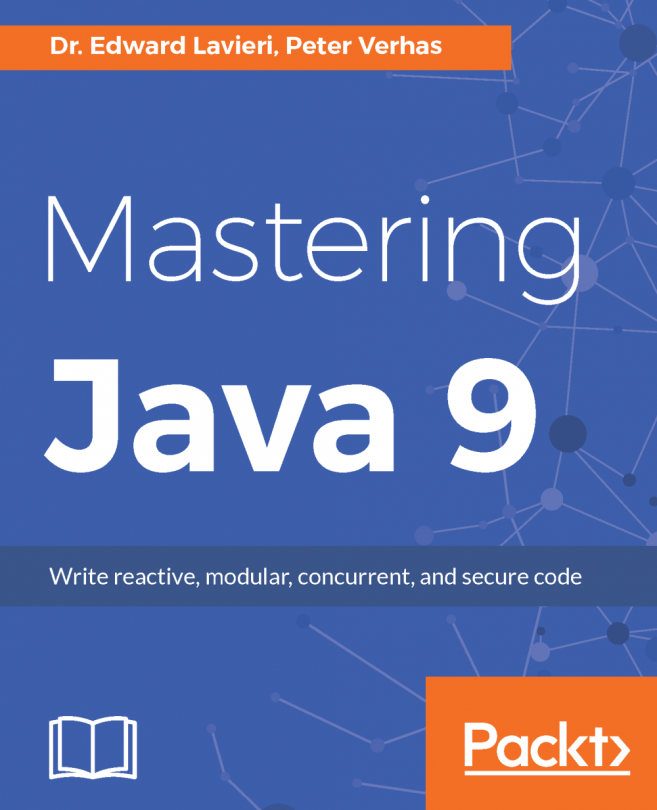JSON
JSON stands for JavaScript Object Notation. It is defined on the official JSON site (http://www.json.org/). This is a textual notation in the same way as the object literals are defined in JavaScript. An object representation starts with the { character and ends with the } character. The text in-between defines the fields of the objects in the form, string : value. The string is the name of the field, and since JSON wants to be language agnostic, it allows any characters to be a part of the name of a field, and thus this string (as well as any string in JSON) should start and end with the " characters.
Note
This may seem strange and, in most cases, when you start working with JSON, it is easy to forget and write { myObject : "has a string"} instead of the correct { "myObject" : "has a string" } notation.
Commas separate the fields. You can also have arrays in JSON. They start and end with the [ and ] characters, respectively, and they contain comma-separated values. The value in an object...
































































